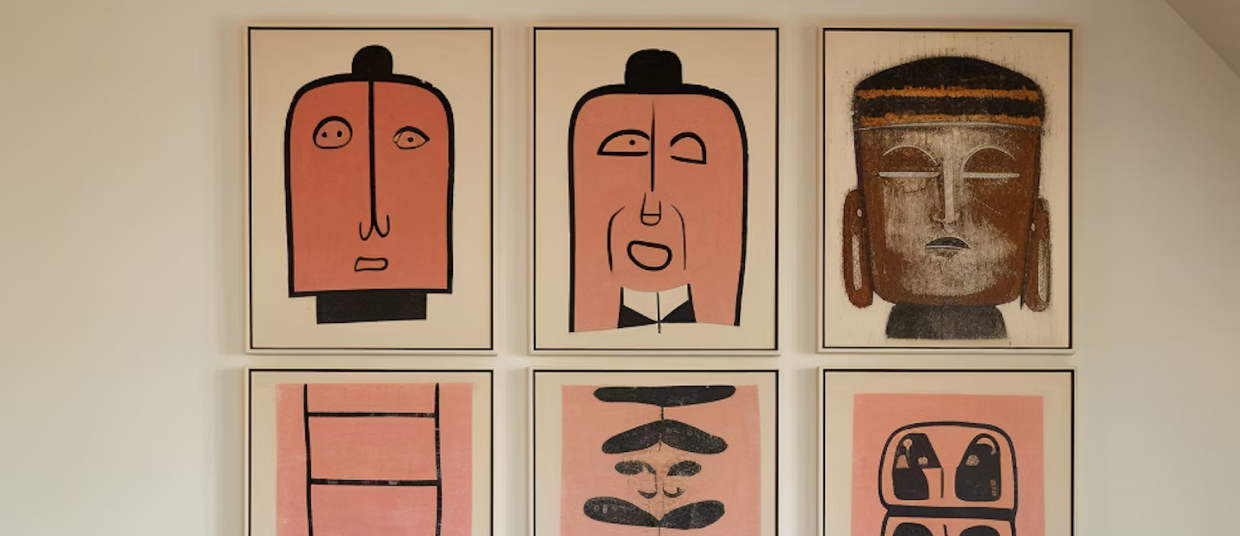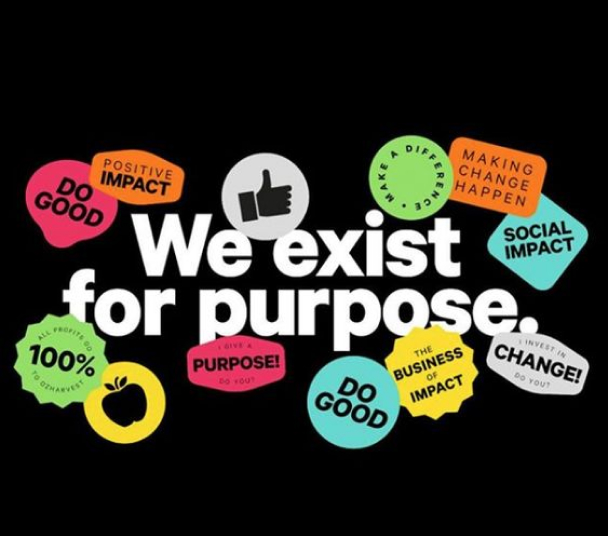
In the ever-evolving landscape of design, some brands are leading the way by defying traditional norms and pushing the boundaries of creativity. These trailblazers are not just creating visually striking designs but are also redefining how users interact with products and services. By embracing bold aesthetics, unconventional layouts, and innovative user experiences, these brands are setting new standards and inspiring others to think outside the box.

Embracing Bold Aesthetics
One of the most notable ways brands are breaking the mold is through bold and unconventional aesthetics. Brands like Mailchimp and Spotify have embraced vibrant colors, playful typography, and dynamic illustrations that set them apart from more traditional, minimalist designs. Mailchimp’s quirky mascot and whimsical design elements, for instance, create a memorable and approachable brand identity, while Spotify’s use of vibrant visuals and interactive features engages users in a unique way. These design choices challenge conventional norms by prioritizing personality and user connection over traditional restraint.
Innovative Layouts
Another area where brands are pushing boundaries is in their approach to layout and navigation. Airbnb and Dropbox are prime examples of companies that have reinvented how users interact with their platforms. Airbnb’s use of immersive photography and intuitive search filters provides an engaging, visually rich experience that goes beyond standard grid layouts. Similarly, Dropbox’s clean and streamlined interface focuses on user efficiency, minimizing clutter and simplifying navigation. These brands demonstrate that breaking away from traditional layout conventions can lead to more engaging and user-centric designs.

Redefining User Experiences
Redefining user experience is at the heart of many groundbreaking designs. Apple and Tesla are leaders in this realm, consistently challenging the status quo with their innovative approach to product design and user interfaces. Apple’s seamless integration of hardware and software offers a smooth, intuitive experience, while Tesla’s minimalist controls and futuristic dashboard reimagine how users interact with technology. These brands highlight the importance of thinking beyond conventional design principles to create experiences that are both functional and extraordinary.
Incorporating Emerging Technologies
The integration of emerging technologies is another way brands are breaking the design mold. Nike and Snapchat are leveraging augmented reality (AR) and interactive features to create immersive user experiences. Nike’s AR-enabled shopping experience allows users to virtually try on sneakers, while Snapchat’s filters and lenses offer playful and interactive elements that enhance user engagement. By incorporating new technologies into their designs, these brands not only offer innovative experiences but also set trends for the industry.


Conclusion
Brands that challenge conventional design are not just making a statement; they are shaping the future of how we interact with products and services. By embracing bold aesthetics, innovative layouts, and emerging technologies, these companies are redefining user experiences and setting new benchmarks for creativity and functionality. As the design landscape continues to evolve, following their lead and breaking the mold can lead to more memorable, engaging, and impactful designs.
Read more

Ishu Sangani
Next-generation UX design leverages advancements in artificial intelligence, voice recognition, and natural language processing to break down barriers between users and technology.

Nikunj Chauhan
A UX design audit is a comprehensive evaluation of a digital product's user experience, aimed at identifying areas of improvement and enhancing overall usability. This process involves a thorough analysis of the product’s design elements, user interactions, and feedback to uncover potential pain points and opportunities for optimization.

Vijay Parmar
In the realm of user experience (UX) design, there's a powerful concept that often gets overlooked: emotional design. Emotional design goes beyond aesthetics and usability, aiming to create products that evoke emotional responses and forge deep connections with users.



